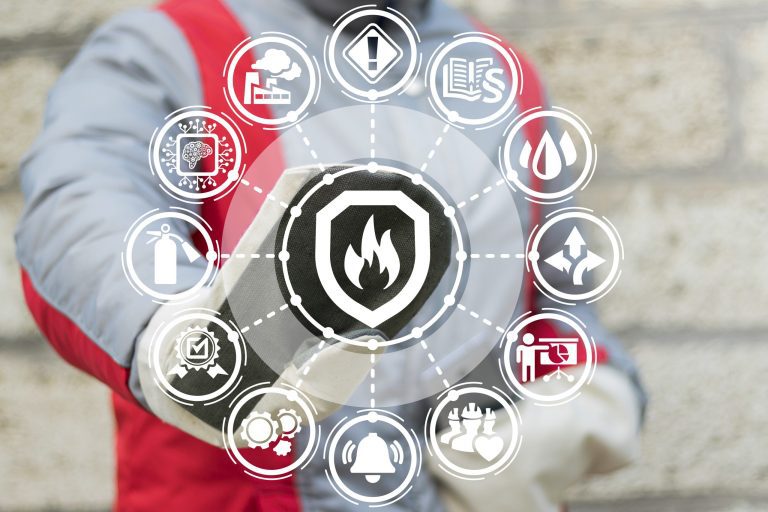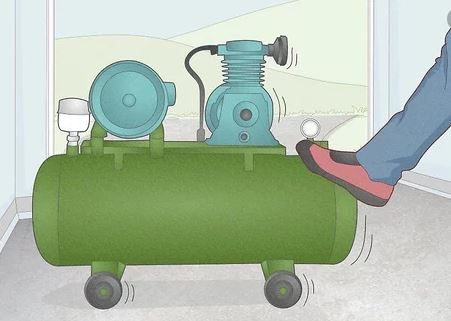An air compressor is a machine that takes in normal air and converts it into a denser, high pressurized output. Compressed air is the air that is at a pressure higher than the atmospheric pressure. Air compressors are applied in various industries, construction, mining, manufacturing, automobile, and even DIY or home projects. Air compressors are highly useful on the construction site as workers use them to generate power for other on-site tools like drills, saws, air guns, power hammers, amongst others. The most common drawback of air compressors is the noise, which fortunately can be avoided by acquiring low noise air compressors, which we will look at shortly, amongst other air compressors. How To Choose The Right Compressor? If you want to get an air compressor, you must consider a few factors before deciding. Does the compressor work with or without oil? Can it use natural gas? What of its portability? These are all questions you need to get answers to. So, before you decide, let’s take a look at these characteristics of compressors. Oil-Free Compressors Compressors that use oil to lubricate their internal mechanisms are the most common. Still, the oil usually gets into the actual compressor contaminating the released air because of the sealing style. This creates an obvious problem for clean manufacturing environments. Though oil-free compressors are generally more expensive, their use mitigates the problem of contaminated air and is a better choice for facilities that promise clean manufacturing. Energy Efficiency Energy-efficient compressors may cost more initially, but this pays off in the long run, especially for long-term projects. There are two options when it comes to this characteristic of compressors. Fixed Speed Compressors These have a constant working speed that is fine while the unit is in use, but as it tries to power down, the motor continues to run, consuming energy but having no output. Variable Speed Compressors On the other hand, variable speed compressors can reduce or increase output as required. Hence, saving energy, and by extension, money. Portability Regardless of size, energy output required can still be delivered by compressors of small, compact builds. This is especially useful if you will be transporting your equipment over different locations. Though they might not produce as much energy as big, powerful compressors, they are still sufficient for small projects. Natural Gas Usage Air compressors that use natural gas are generally more efficient and more energy-saving, although they might be more suited to industrial use. If your goals are to cut energy costs, these air compressors might be the ones for you. Why Are Air Compressors So Loud? Compressors usually produce noise of about 40-92 decibels; 80 and above is unsafe for our ear health. For the sake of worker’s safety and health, construction engineers and supervisors often seek more silent air compressors. If we take a moment to understand how air compressors function, we can pinpoint the factors that contribute to the noise air compressors produce and if there can be a quiet air compressor. Friction Most methods of compressing air require the compressor to have many moving parts. As they make contact with each other, a great deal of friction is created. You will most likely find that quieter compressors are generally more expensive than noisy counterparts. Power Source The power source also influences decibel output. Gas-powered compressors make more noise because of the engine. Electric compressors are generally the quietest. Type of Compressors With the variety of compressors out there, finding the one that fits your needs might still be a hassle. Yes, electric compressors are quieter than gas-powered ones, but that still leaves many compressors to pick from. Reciprocating Piston These have regular pumps that use the same pistons you would see in an engine chamber, rotating to compress air. There are the most common compressors broken down into single-piston and dual or duplex piston. These are typically found at smaller work sites such as garages and home construction projects. The single-piston models tend to be louder than the duplex as the duplex requires fewer revolutions to produce more air. Dual-pistons also have a higher tolerance and allow for better cooling. Rotary Screw These compressors are much quieter than their reciprocating compressor cousins because their helical screws touch each other while working. Unlike the reciprocating piston, the rotary screw is suitable for more prolonged usage. A considerable benefit of this characteristic is that rotary screws can be installed close to workplaces without requiring hearing protection. As discussed earlier, the oil-free ones are more expensive than the oil-injected types. Still, they are of superior quality and are usually a requirement in the food and medical industries. Scroll Scroll air compressors are the most efficient and silent air compressor. Their mechanism employs two spiral-shaped metal pieces, one stationary while one moves over the other to create compression. Scroll air compressors are designed to run all day. They are employed in various industries, including pharmaceutical, food, medical, laboratory, electronics, textile, and production facilities, amongst others, with the only drawback of unlimited, clean air.







